a.... yes an absolutelyFirst four commandments have brought havoc to the world. The rest six existed even before any God dictated them to Moses.
b.... exactly....... solid!!!!!!!
Welcome to Religious Forums, a friendly forum to discuss all religions in a friendly surrounding.
Your voice is missing! You will need to register to get access to the following site features:We hope to see you as a part of our community soon!
a.... yes an absolutelyFirst four commandments have brought havoc to the world. The rest six existed even before any God dictated them to Moses.
The trade root from east to west was in use well before israel even existed.@Bthoth @Bharat Jhunjhunwala @crossfire @Aupmanyav
What does that mean it isn't indigenous?
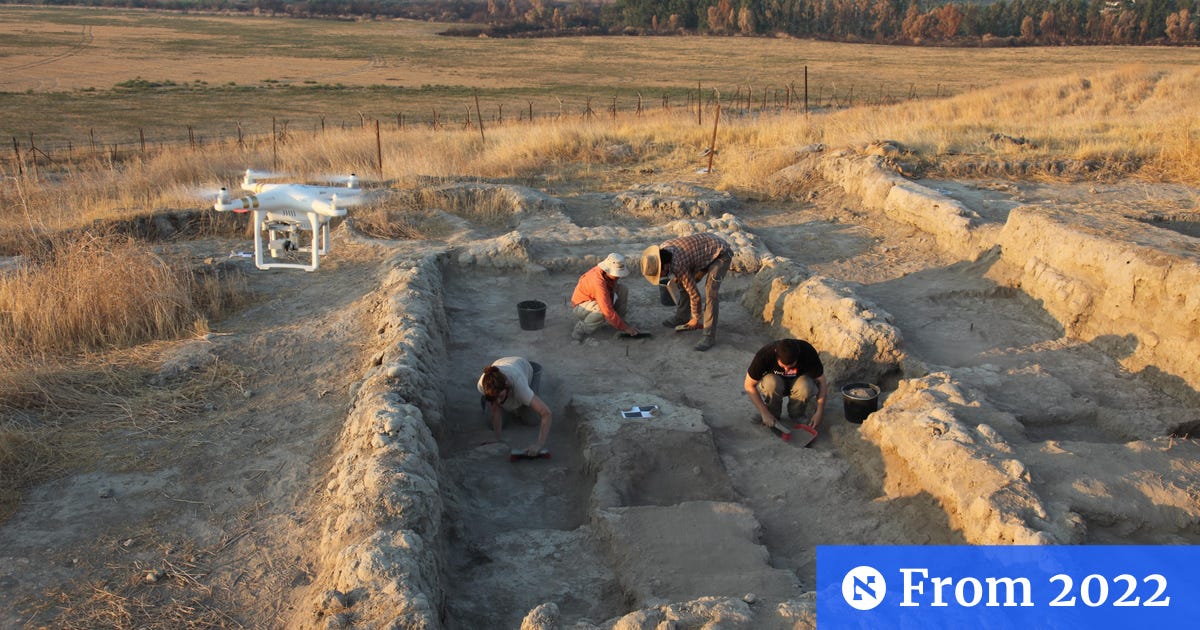
Cotton From Prehistoric Pakistan Found in 7,200-year-old Village in Israel
The cotton found in Neolithic Israel, dyed in blue and other colors, couldn’t have been local because it isn’t indigenous – but it was in the Indus Valley, archaeologists say
There's more to read
Of course there was trade between the areas.@Bthoth @Bharat Jhunjhunwala @crossfire @Aupmanyav
What does that mean it isn't indigenous?

Cotton From Prehistoric Pakistan Found in 7,200-year-old Village in Israel
The cotton found in Neolithic Israel, dyed in blue and other colors, couldn’t have been local because it isn’t indigenous – but it was in the Indus Valley, archaeologists say
There's more to read
i would not be able to read more as i am injured and typing with my left hand. sure, indigo may have reached israel from india, but that does not mean that indians may have gone there. perhaps the indians sold it to gulf arabs and they took it to israel and jews took it rome. indians generally were home-loving short-hop traders.@Bthoth @Bharat Jhunjhunwala @crossfire @Aupmanyav
What does that mean it isn't indigenous?
Cotton From Prehistoric Pakistan Found in 7,200-year-old Village in Israel
The cotton found in Neolithic Israel, dyed in blue and other colors, couldn’t have been local because it isn’t indigenous – but it was in the Indus Valley, archaeologists say
There's more to read
if i were to answer this question, then i would say it is cow dung collected by Jhunjhunwala. i am from rajasthan and i have visited Jhunjhunu. it was common to see women collecting cow dung.How would you answer this question?
RS, that could make a NEW thread.How would you answer this question?
The question was: Do you read the Bible empirically, that is, apart from personal bias and/or denominational interpretations?
My response was: I'm interested in referencing the Bible about how the 3 Abrahamic religions came about, after the Hebrews Yadavas left the Indus Valley and traveled to Yisrael
How would you answer this question?
the guru has a sense of humor....................if i were to answer this question, then i would say it is cow dung collected by Jhunjhunwala.
I agree the bible was stories and trying to address a bunch of questions.NO, the bible is not empirical. I see it as a bunch of short stories trying to address a bunch of old questions.
i would not be able to read more as i am injured and typing with my left hand.
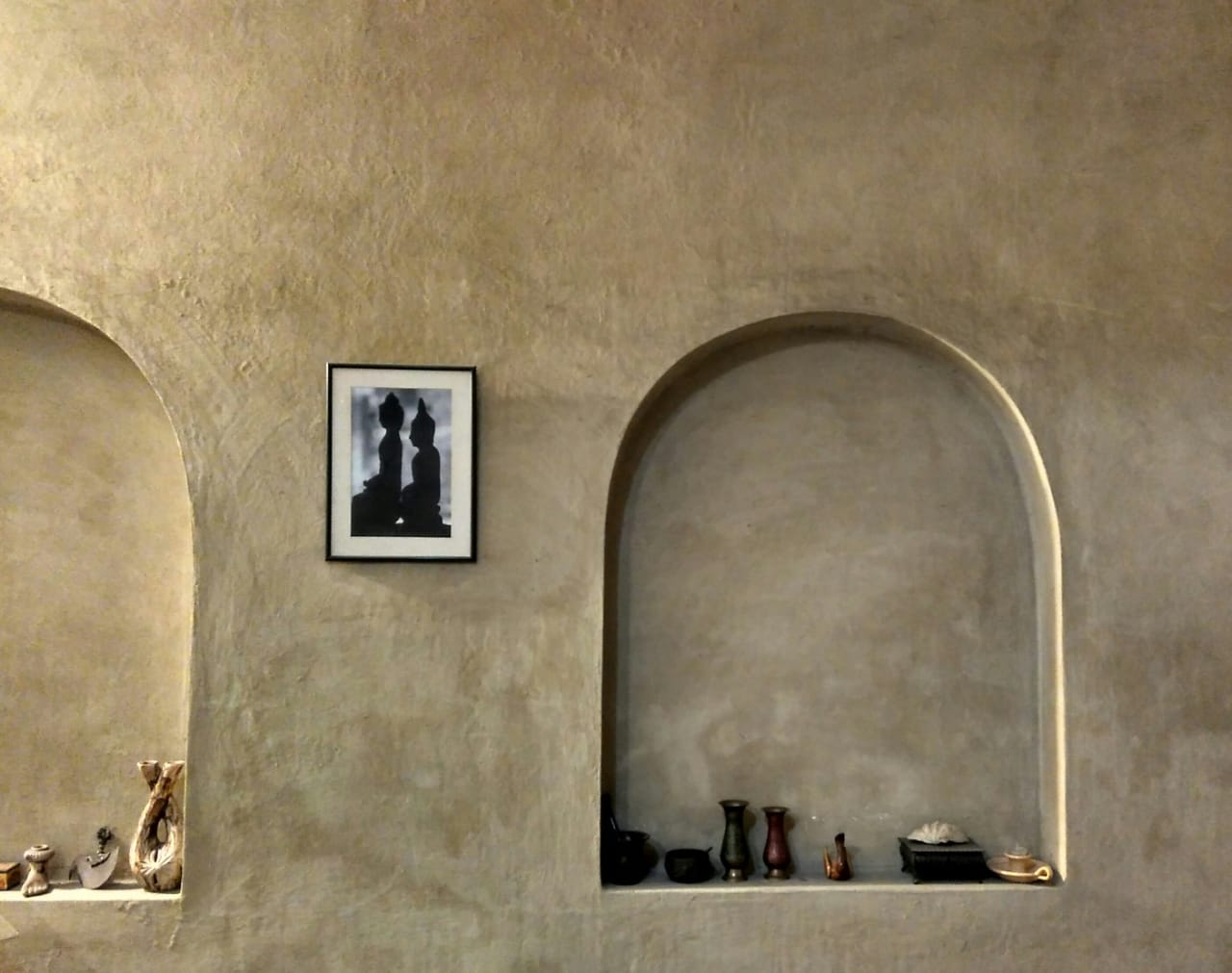
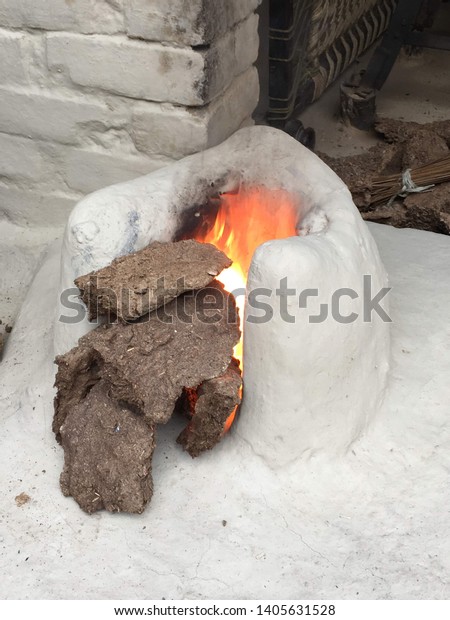
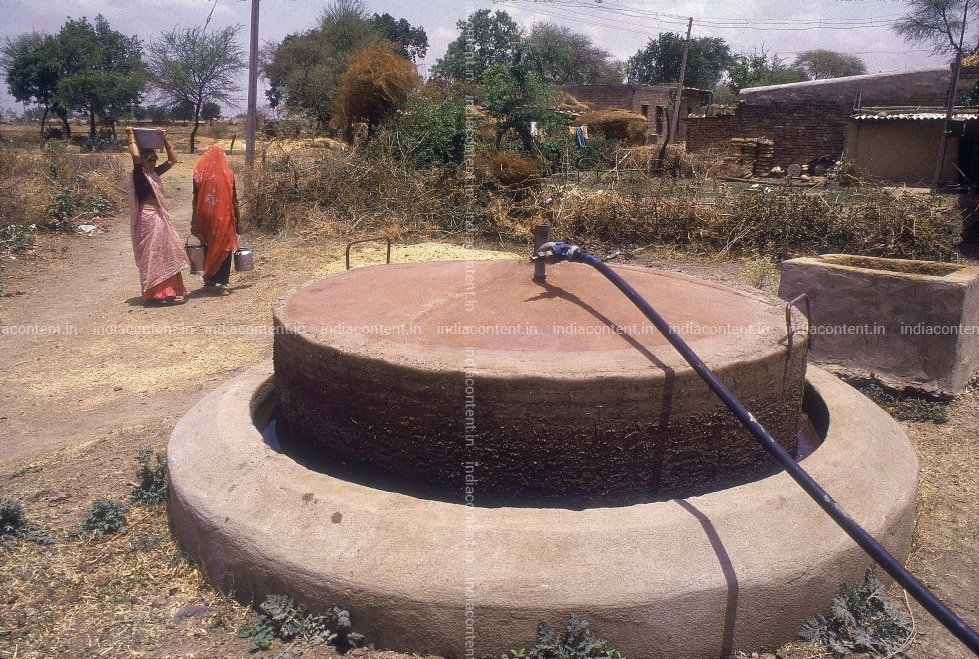
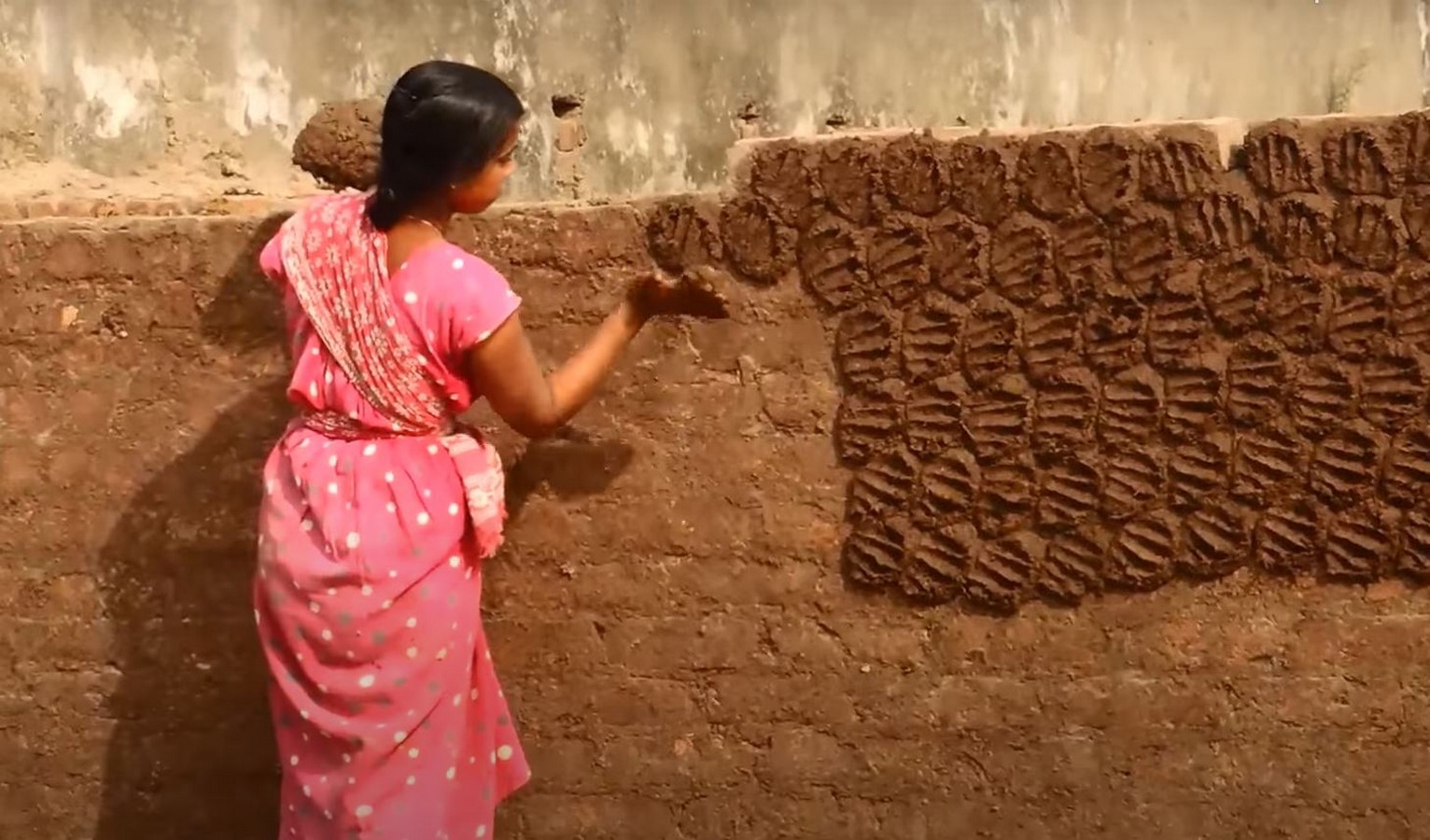
@Aupmanyav Wow, so much! Cow dung has so much value for survival and healthy knowledge to have. Yes, I see the value of cow dung. This is so interesting—what they do with cow dung. It even helps to avoid needing firewood, which causes smokeless kitchens and helps with breathing. I wonder if people in Egypt also use cow dung like they do in India.cow-dung is a very useful material. made into cakes, it is used for cooking. put into pits, it generates methane which can be used in cooking and the residue in pits is used as fertilizer. it saves on energy and reduces need for fire-wood. also means a smokeless kitchen. there are millions of such plants in india. government subsidizes construcion of such plants. mixed with soil it is used in adobe houses for walls and flooring. the sitting area in our ancestral house had such a floor. it remains cool in hot summers and was not cold in winters. also, covered with cotton carpets (durries), it is not hard when walked upon and makes very comfortable sitting. actually, people can sell cow dung to one state government in india.
dried cow dung cakes on wall, cow dung+clay+straw wall, cooking with cow dung, cow dung gas plant, woman putting cow dung cakes on wall
Hebrews may be cow.bull worshippers from india. BAAL?@Aupmanyav Wow, so much! Cow dung has so much value for survival and healthy knowledge to have. Yes, I see the value of cow dung. This is so interesting—what they do with cow dung. It even helps to avoid needing firewood, which causes smokeless kitchens and helps with breathing. I wonder if people in Egypt also use cow dung like they do in India.
@Bthoth @Bharat Jhunjhunwala @crossfire What do you think about all the ways people can use cow dung, and does Egypt also use cow dung similar to how India does?
I was aware of cow dung for fertilizers, and also, my dad had cow dung on his foot to draw out when he stepped on a huge nail, and they pulled it out and put a lot of cow dung on his foot. I'll need to ask what the cow dung drawn out was as my dad's foot healed. Dad told me that story many times.
@Aupmanyav as you explain @Bharat Jhunjhunwala way of reading the bible is collecting cow dung, I'll claim that's my way of reading the bible too. So you'll need to put me in the same category as @Bharat Jhunjhunwala and research even cow dung that even you @Aupmanyav did. The bible with it's archeology knowledge that includes the uses of cow dung.
I'm sure Moses-Krishna, Jesus, Mary, and King David, Set-Jacob-Kush, all were able to breathe better because of smokeless kitchens due to using cow dung instead of wood.
Jesus was a carpenter; surely Jesus also used cow dung when building things.
I wonder about this that at some point, because of how appreciated cows were for their survival, they even made a golden calf to show their appreciation for
I think that's what the Hebrews were doing—showing their appreciation when making a golden calf.
I'm sure the cows and cattle were so useful, and that includes using cow dung before and during the time of the Exodus.
More likely from Egypt: Hathor (called Baalat by the Caananites) is quite ancient in Egypt. This article argues that Hathor might have come from the Canaanites, but again, Hathor is quite ancient, So I say other way around. Turquoise mine in the Sinai:Hebrews may be cow.bull worshippers from india. BAAL?
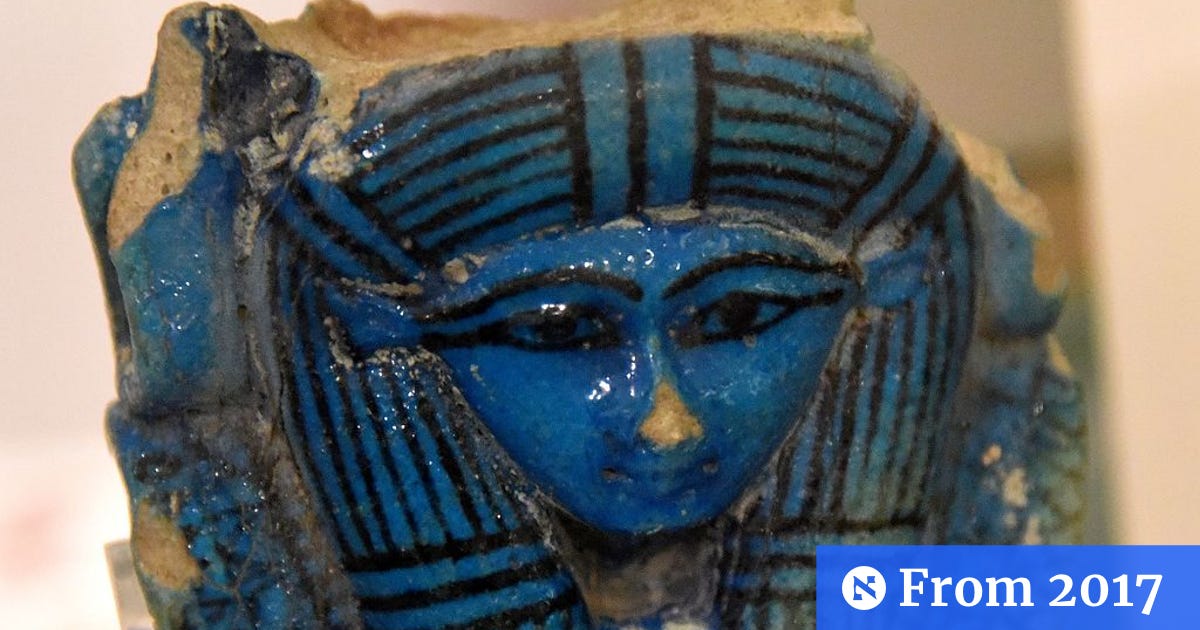
ever wonder what the story of the golden calf was about?More likely from Egypt: Hathor (called Baalat by the Caananites) is quite ancient in Egypt. This article argues that Hathor might have come from the Canaanites, but again, Hathor is quite ancient, So I say other way around. Turquoise mine in the Sinai:

Did the Egyptian goddess Hathor originate in Canaan?
Hathor was goddess to Egyptian pharaohs, and to Semitic turquoise miners in the Sinai, who came from Canaan. But who had her first, archaeologists wonder.www.haaretz.com
perhaps you can explain how the caste system was adopted by Hindus
ever wonder what the story of the golden calf was about?
Horns not idols. Lion or cow. Nothing like india.More likely from Egypt: Hathor (called Baalat by the Caananites) is quite ancient in Egypt. This article argues that Hathor might have come from the Canaanites, but again, Hathor is quite ancient, So I say other way around. Turquoise mine in the Sinai:

Did the Egyptian goddess Hathor originate in Canaan?
Hathor was goddess to Egyptian pharaohs, and to Semitic turquoise miners in the Sinai, who came from Canaan. But who had her first, archaeologists wonder.www.haaretz.com
